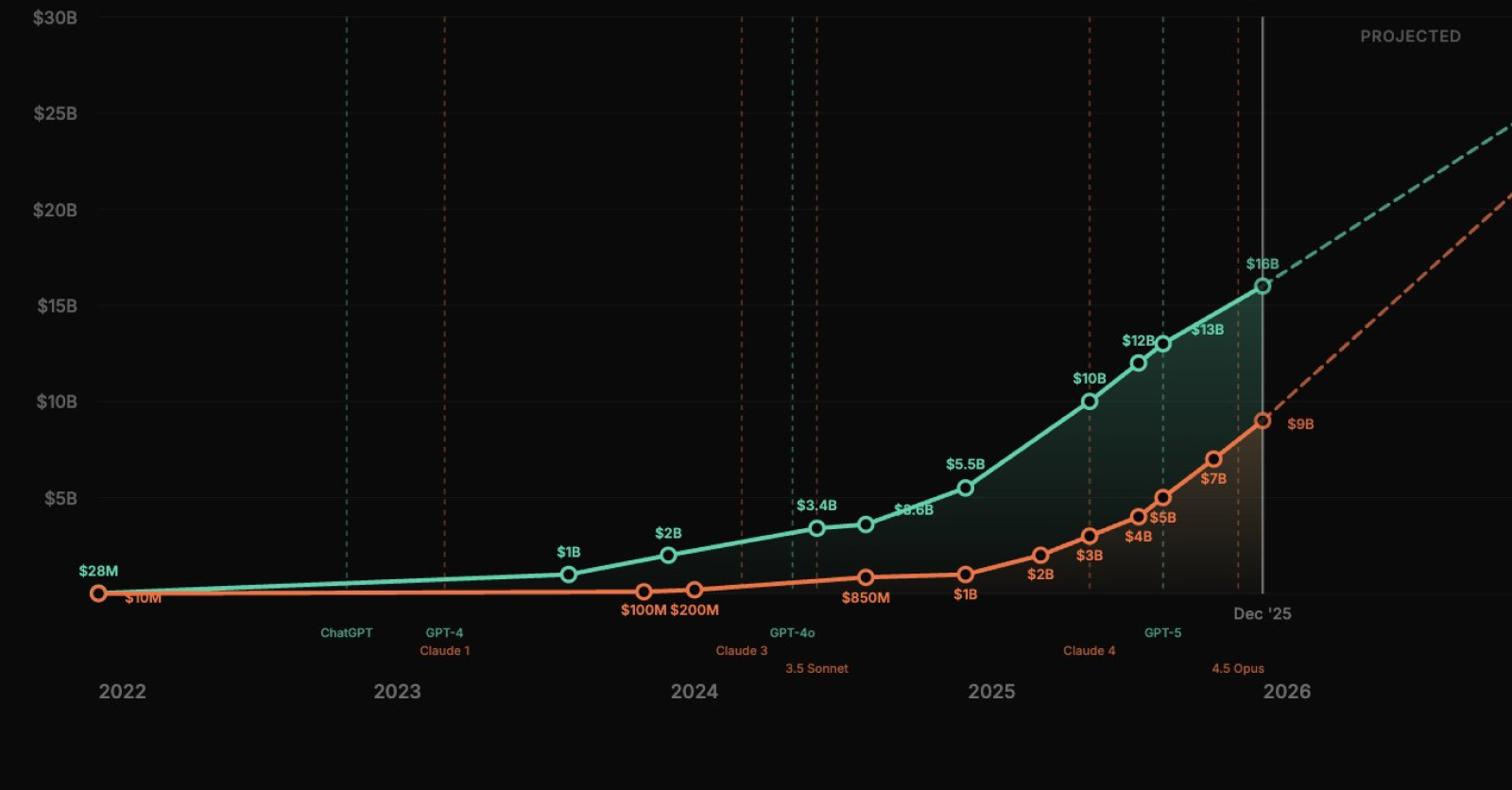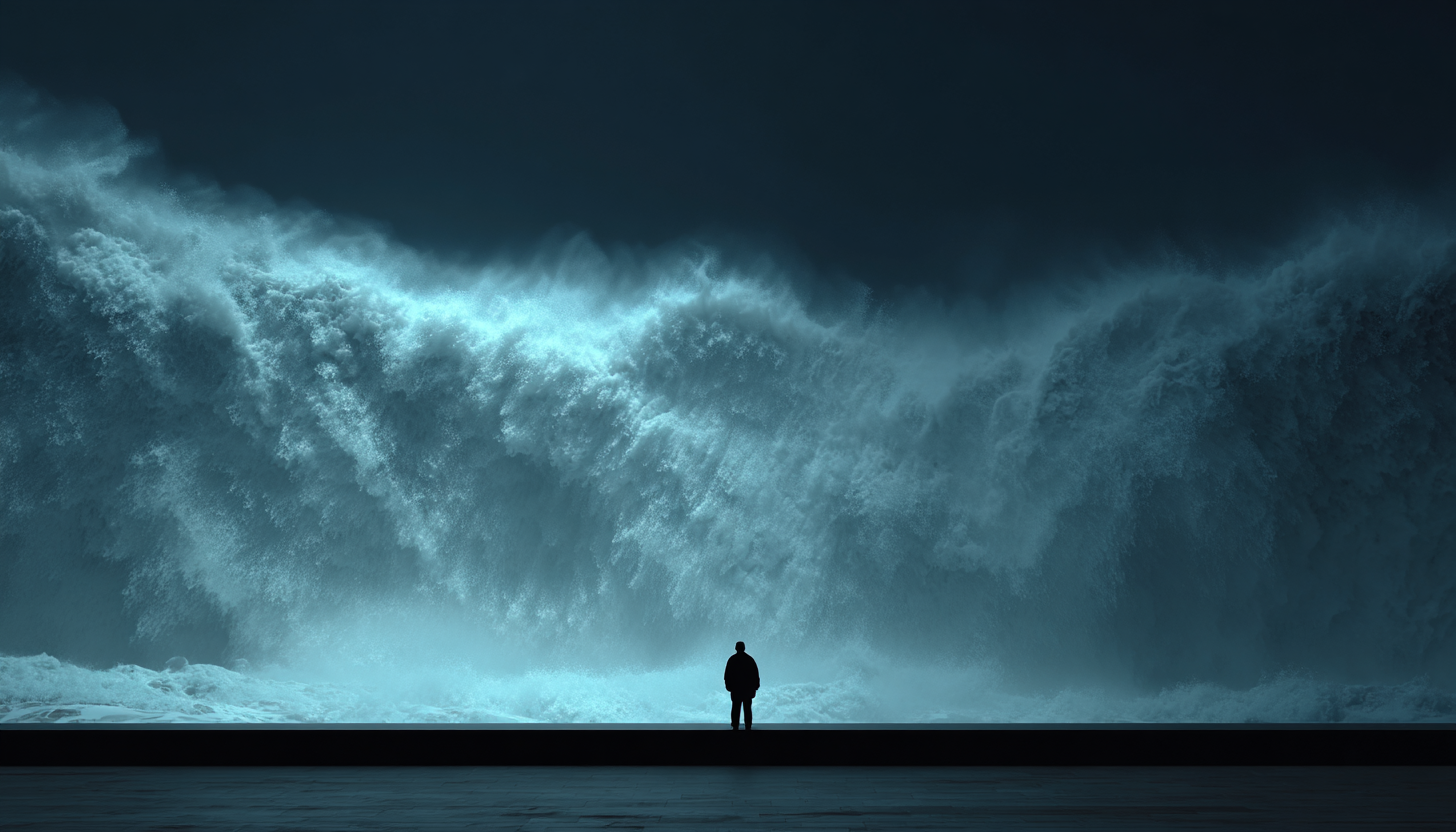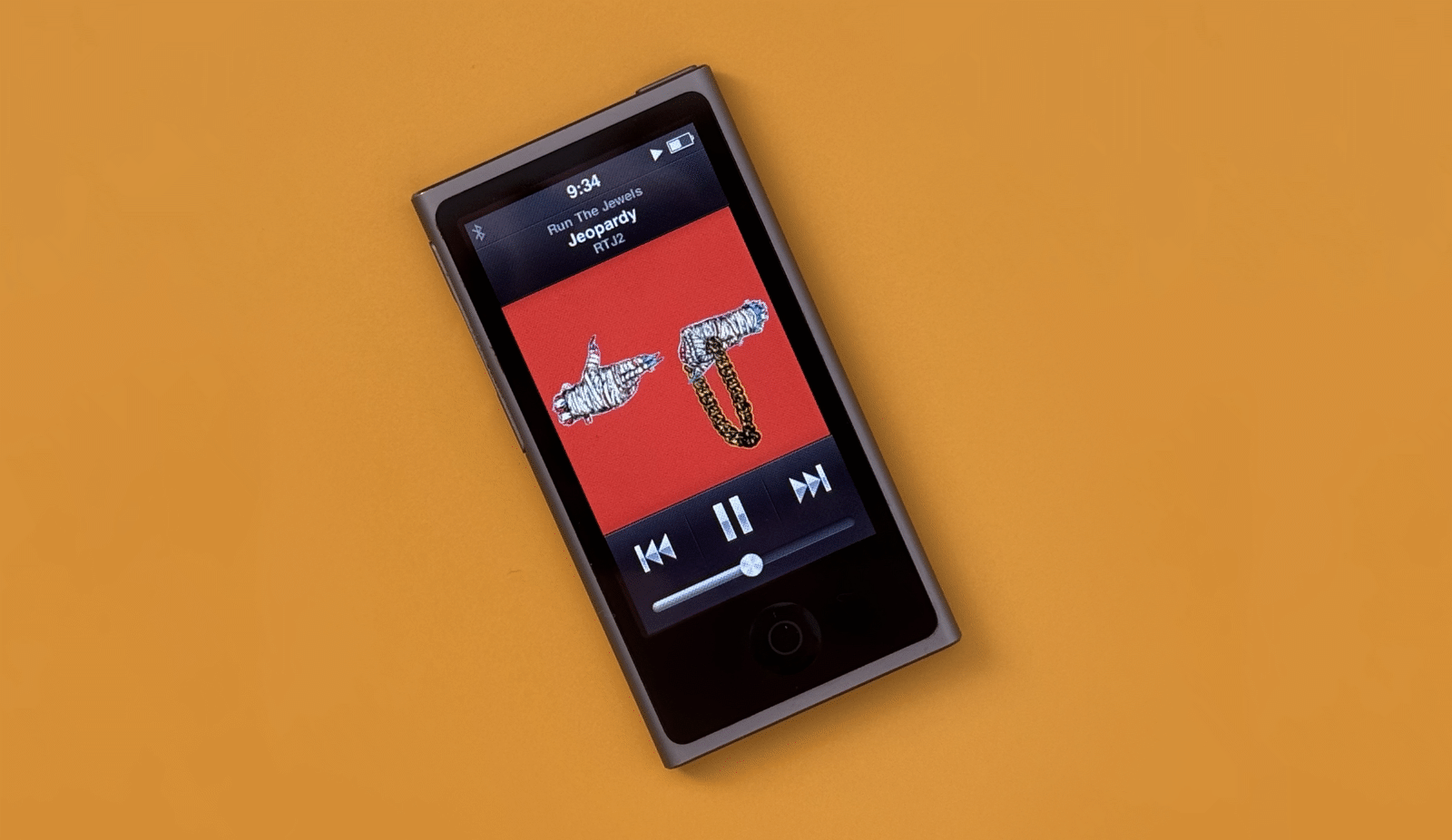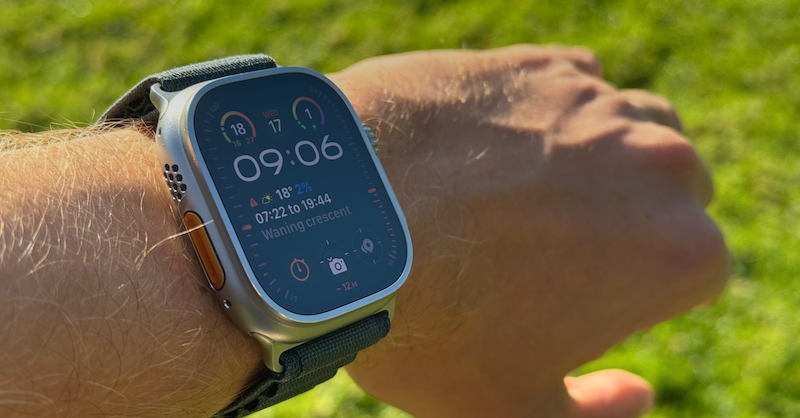How Big is TBPN?
Where I try to figure out how big TBPN actually is and why Big Tech CEOs come as guests.
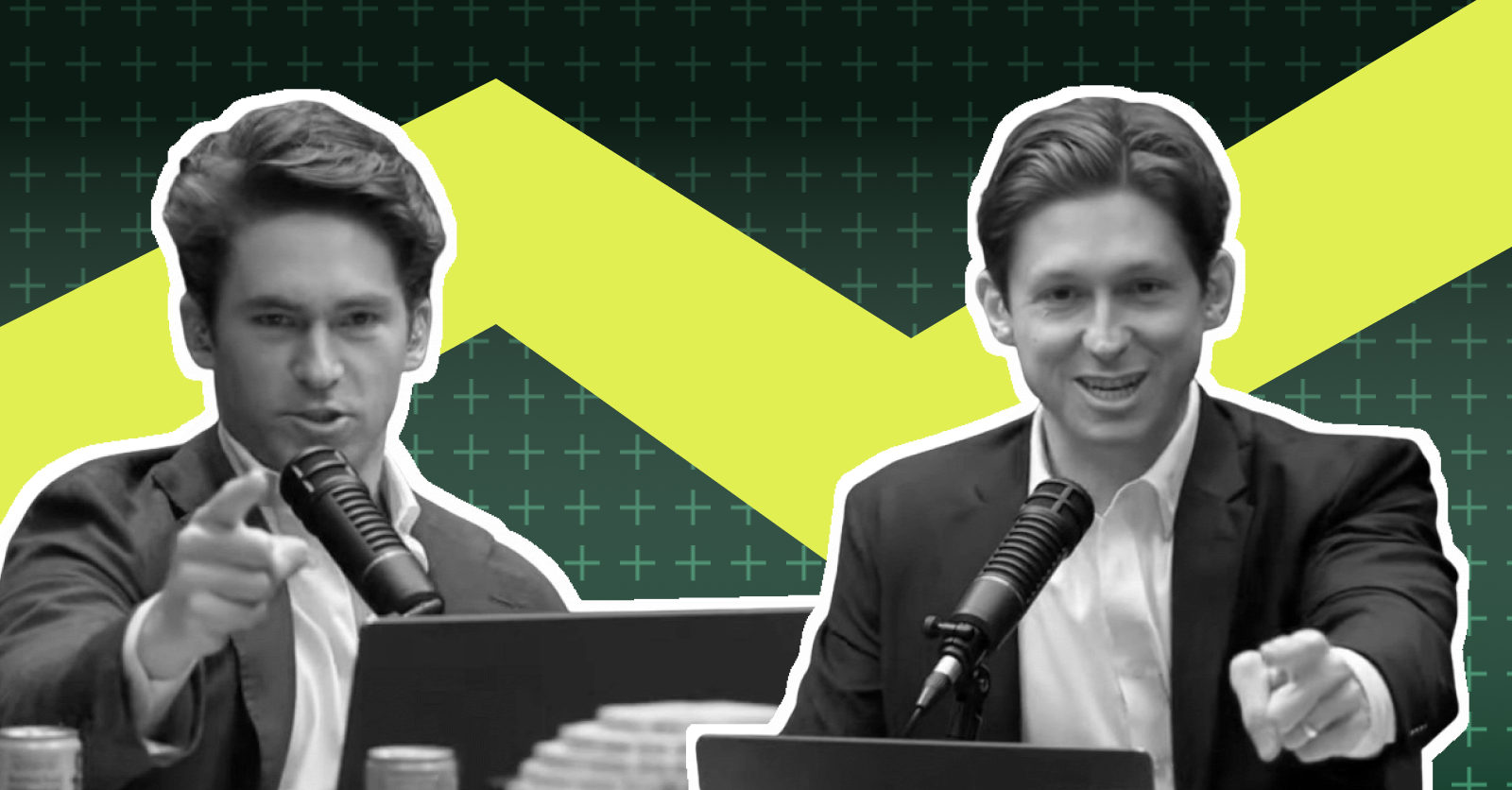
Zuckerbeg. Nadella. Benioff. An exclusive announcement from Microsoft.
TBPN has been blasting from all corners of tech Twitter lately. It’s a technology daily show hosted by John Coogan and Jordi Hays, streaming live every weekday for about three hours. Sometimes I wonder who has that much free time to listen to it.
Both hosts take it immensely seriously and first got the accolades of tech Twitter and now gathering Magnificient 7 CEOs one by one. They also secured top-tier sponsors like Figma, Brex, Linear, and Public. It all started just over a year ago and has grown tremendously since.
I have no doubt their imagery and atmosphere, lifted from sports channels but uniquely applied to the tech space, plays its role, but you probably need quite an audience to warrant the time of a Big Tech CEO, right? So, how big they actually are?
What I find fascinating is that despite being video-first, TBPN is fairly small on YouTube, with only 35k followers; most of their videos gather a couple thousand views, with one exception at 360k.
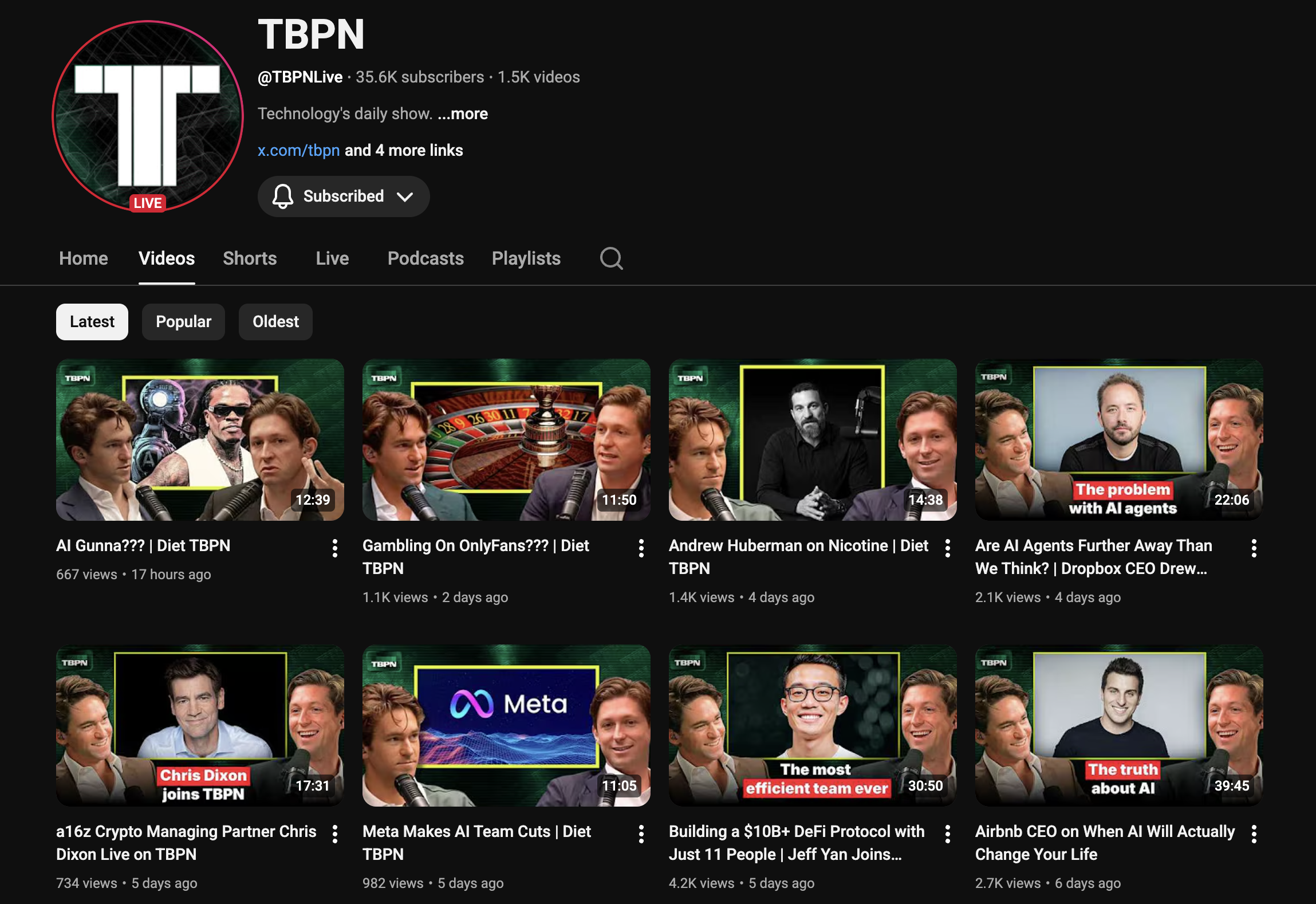
Twitter is surely a big driver for TBPN, especially because it can handle both long-form videos with chapters and short clips. In fact, I remember Coogan as one of the first people I noticed were using those a lot to post videos on Twitter some time ago (on his personal handle). TBPN has over 120k followers on Twitter now, with average views around 5000-50000 per tweet that contains a video.
So, if it’s not YouTube, where are their views, if anywhere? I imagine there are two possible avenues. One is it’s mostly in clips, short-form pieces of their longer videos. Also, TBPN is released as a podcast, so many of their listeneres might be there, on Spotify and Apple Podcasts, along with all third-party clients like Overcast, Pocket Casts and Castro, which rely on Apple Podcasts’s library.
While they do post clips on X, I doubt other social media platform carry a lot of weight with clips. TBPN has 13k followers on Instagram and only 1772 on TikTok. Many of their own clips on the latter get thousands of likes but none seem to breakthrough beyond this. Searches for their clips from third-party accounts don’t show a drastically different picture. So it’s not the clips.
Unfortunately, there’s simply no way to get reliable listeners stats for podcasts — that’s how this ecosystem works. Spotify doesn’t share its figures, Apple can’t even collect it beyond their own app, so only the hosts know their downloads figures (but not neccesarily the subscribers). But we can get estimates and their position in the top charts. Listen Notes, a podcast monitoring tool, estimates that TBPN is in the top 1.5% most popular shows out of 3,659,109 podcasts globally. Here are some well-known benchmarks:
- Joe Rogan: top 0.01%
- Dwarkesh: top 0.5%
- All-in Podcast: top 0.05%
- Acquired: top 0.05%
To give you a reference, another podcast at around 1.5% is Sam Harris.
And if we check the Tech category in Top Shows on Apple Podcasts in the US, TBPN is #32rd. Which is quite impressive for a show that only exists for a year, even though the benchmarks podcasts are in top 10. Especially if we remember the quality of guests TBPN is able to attract.
This is why most podcasters I talked to recommend ignoring YouTube unless you get really big. It’s almost better not to have it at all than disclosing your numbers. A podcast with 20,000 listeners is impressive, while a YouTube channel with 20,000 views and 5000 subsribers looks subpar, simply because there are so many big creators there, even though their real audience might be the same. But TBPN was started as a TV program, so they didn’t have this luxury. Instead, they committed and produced content that was barely seen for a long time.
And the reasons they could is because it’s like both hosts were created for this. John Coogan co-founded Soylent, where he was the CTO, and then Lucy, where he served as CMO. He also had a pretty successful YouTube channel of his own with 459k subscribers and popular videos on multiple tech companies and startups, as well as tech, like this one about the origins of DARPA. His co-host Jordi Hays created built and led a performance-focused YouTube ad network and invested in multiple startups. Together, they seem to have a perfect combination of knowledge and network to pull this off (which is what they’re doing at the moment).
Now the format. The New York Times described TBPN as “SportsCenter meets LinkedIn”. One related trait is the enthusiams both John and Jordi show to the technology industry as a whole, similar to how sports pundits enjoy the very sport they’re covering.
F1 pundits critisize the drivers and the FIA. But they love the sport. The same goes for football, basketball, etc. This doesn’t mean it’s all rainbows and stuff. In addition to bashing the gong for major funding rounds and product launches, TBPN doesn’t shy away from discussing the impact of AI generated music on artists or overhiring in tech. But you can feel they love this industry.
And this is why tech CEOs are probably happy to go on the show, even if it might not be truly big yet. It’s big enough in a certain tech afficioado circles who help drive the conversations.
The lack of such love for the industry has become one of the key critisisms of the media and reporting ecosystem in the last 5-6 years or so. As Seth Godin used to say: “The media wants overnight successes (so they have someone to tear down)". Matt Yglesias publicly commented that The New York Times made a “weird editorial decision” regarding its tech industry coverage, suggesting there was a top-down directive for reporters to approach tech stories with a more critical, investigative tone.
The industry felt this and many people adopted the “going direct” strategy, while others poured millions into building out their own media operations to fix this. Like Future, the outlet launched (and closed) by Andreessen Horowitz. But all of them were trying to come at this with a wrong atittude. Either by hiring people editorial experience and giving them unviable directions or trying to expand a usual corporate podcast into something big.
Instead, the hosts of TBPN started with a good and unique media product.
